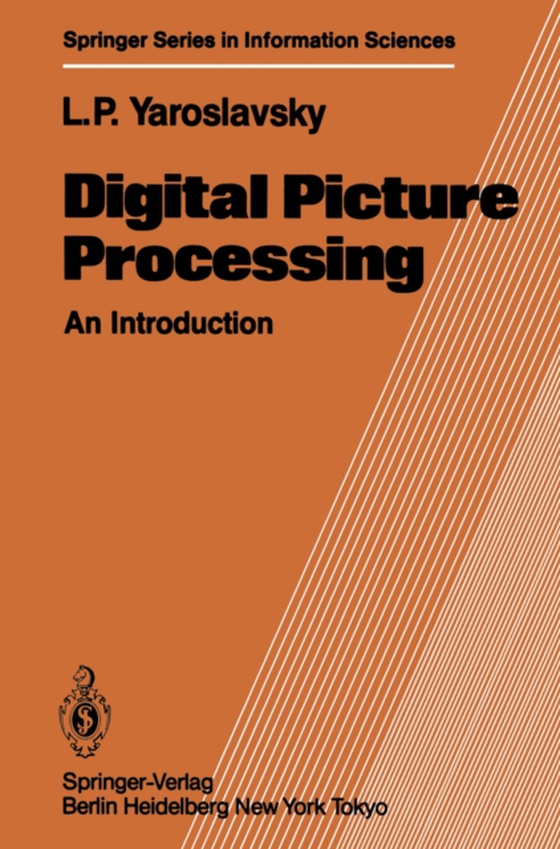
Digital Picture Processing e-bog
436,85 DKK
(inkl. moms 546,06 DKK)
The text has been prepared for researchers involved in picture processing. It is designed to help them in mastering the methods at the professional level. From the viewpoint of both signal theory and information theory, the treatment covers the basic principles of the digital methods for the processing of continuous signals such as picture signals. In addition, it reviews schemes for correcting...
E-bog
436,85 DKK
Forlag
Springer
Udgivet
6 december 2012
Genrer
PHDS
Sprog
English
Format
pdf
Beskyttelse
LCP
ISBN
9783642819292
The text has been prepared for researchers involved in picture processing. It is designed to help them in mastering the methods at the professional level. From the viewpoint of both signal theory and information theory, the treatment covers the basic principles of the digital methods for the processing of continuous signals such as picture signals. In addition, it reviews schemes for correcting signal distortion in imaging systems, for the enhancement of picture contrast, and for the automatic measurement of picture details. The text contains new results on digital filtering and transformation, and a new approach to picture processing. The main applications, as documented by numerous examples, are in space research, remote sensing, medical diag- nostics, nondestructive testing. The material has been tested extensively in class-room use with students of both computer science and electrical engineering at the senior undergraduate and the first-year graduate level. The present edition is not a translation of the original Russian book, but it has been extended substantially as well as updated. The author is grate- ful to Dr. H. Lotsch of Springer-Verlag for his proposal to prepare this text and for many helpful suggestions. He likes to thank Dr. P. Hawkes for a careful copy-editing of the manuscript, and acknowledges numerous criti- cal comments by Professors S.L. Gorelik, T.S. Huang, A.W. Lohmann,and A.M. Trakhtman.
 Dansk
Dansk

